Charcoal pencils are a favorite medium among artists for their versatility and the rich, deep blacks they produce. For novices looking to venture into the world of art, charcoal pencil drawing is a forgiving and expressive form to start with. This guide will walk you through the essentials, detailing the steps from selecting the right materials to advanced drawing techniques. Even as a beginner, you can quickly gain confidence and progress to creating more intricate, artful charcoal pencil drawings.
Understanding the Basics
Choosing Your Charcoal Pencil
Charcoal pencils come in various grades, from soft to hard, each offering different tones and textures. Beginners should start with a medium grade to get a feel for the balance between soft and hard lines. Experimenting with different brands and types helps you determine which pencil suits your style best and gives you the confidence to manipulate the medium with ease.
Preparing Your Workspace
Set up a clean and well-lit workspace where you have freedom of movement and access to all your tools. Make sure you have a good eraser, sharpener, blending stumps or tissues, and of course, quality paper that’s thick enough to handle erasing and blending without tearing. A smooth to moderately textured paper works best for charcoal pencil drawing, as it allows for fine details as well as broad shading.
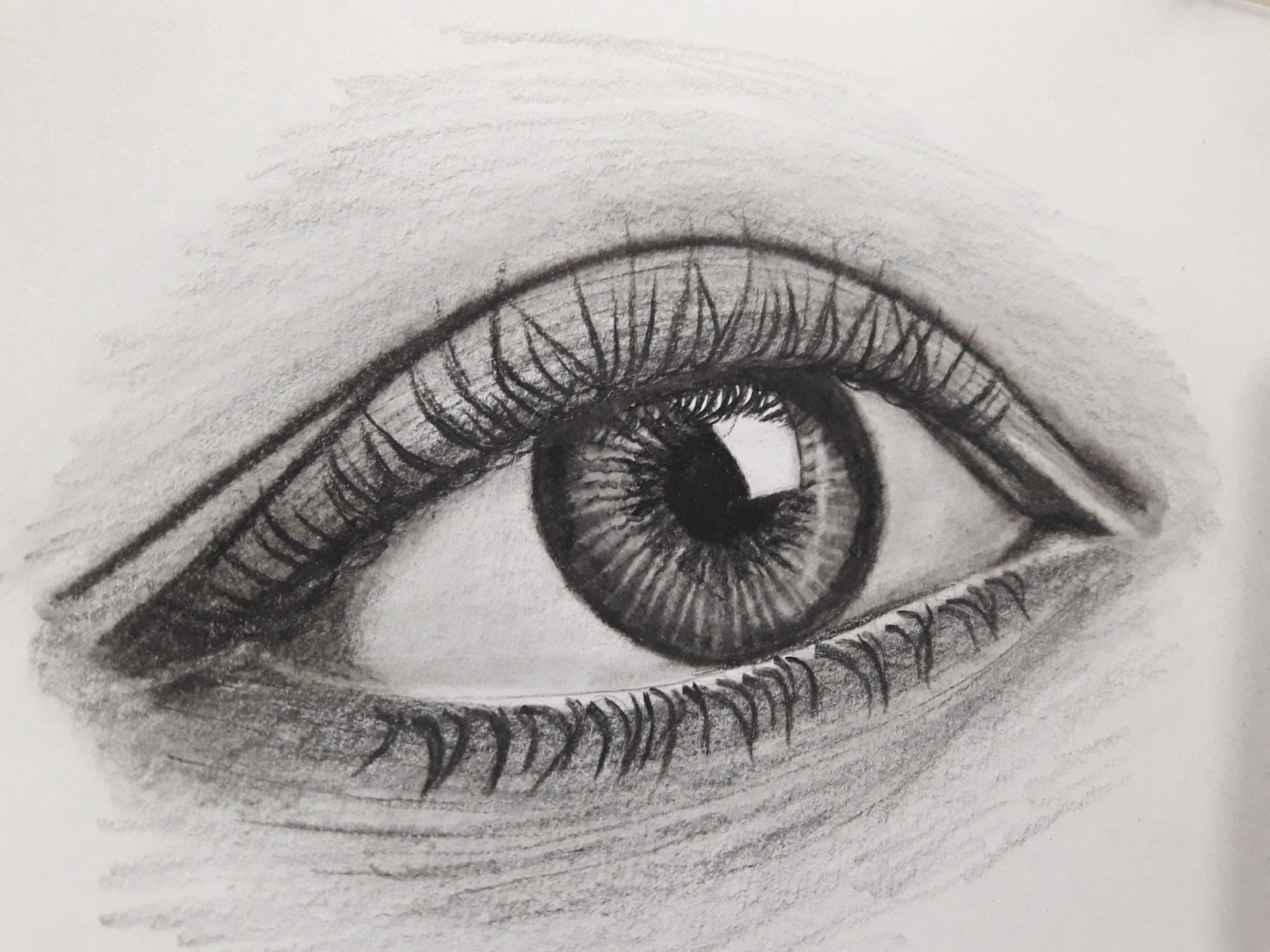
Developing Your Technique
Mastering Pencil Grip and Stroke Control
The way you hold your pencil and apply it to the paper can drastically change the outcome of your drawing. Practice holding the pencil at different angles and apply varying pressures to create a range of tones from light grays to deep blacks. Controlled, consistent strokes create even shades, while looser grips allow for dynamic, expressive lines. Understanding these fundamentals enables you to better render forms and textures in your drawings.
Effective Shading and Blending Methods
Shading and blending are critical techniques in charcoal drawing. They help to create depth and three-dimensionality in your images. Start with light pressure to lay down initial layers of charcoal, then gradually build up to the darker tones. Use blending stumps, tissues, or even your finger to soften and smoothe these layers, creating subtle gradations or dramatic transitions between light and dark.
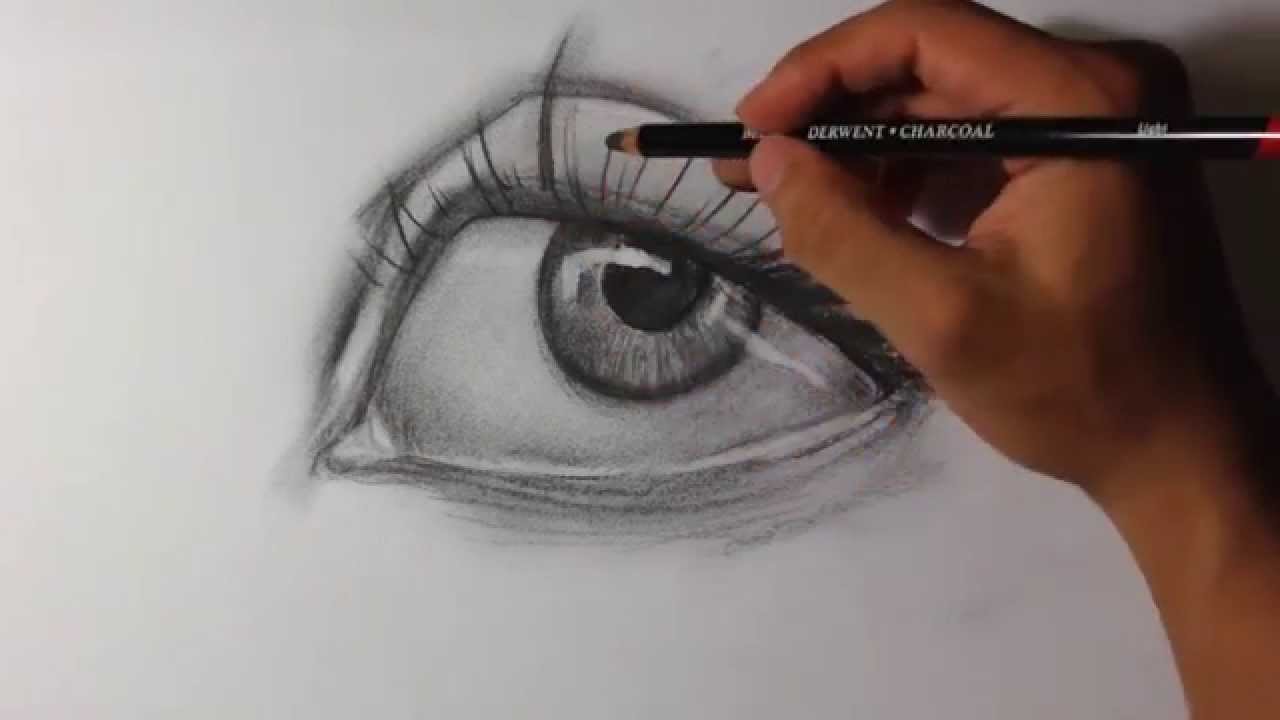
Advancing Your Skills
Approaching Details and Fine Features
As you become more comfortable with the basics, start focusing on capturing details that add depth and realism to your drawings. Use sharp charcoal pencils for fine lines and intricate details. Pay attention to the highlights and shadows that define shapes and contribute to the overall form. Learning how to render detail accurately will bring a professional quality to your work and add a lifelike essence to your subjects.
Diversification Through Mixed Media
Consider experimenting with mixed media to diversify your skill set and enhance your charcoal pencil drawings. Incorporating other elements like colored pencils, ink, or pastels can bring new dimensions and textures to your artwork. Mixed media techniques can be particularly effective in creating unique backgrounds or highlighting focal points within your drawings.
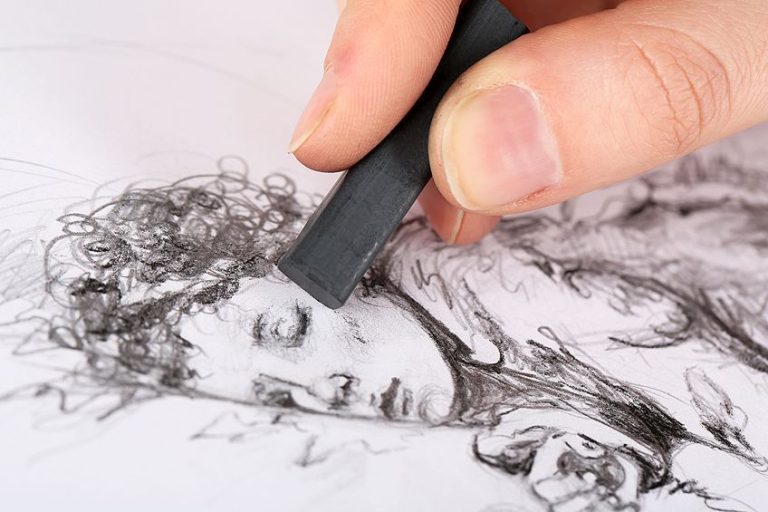
Preserving and Presenting Your Artwork
Fixing and Protecting Your Drawings
When you’re satisfied with your creation, it’s important to preserve it. Use a workable fixative spray to protect the surface from smudging and dust. Apply it in a well-ventilated area, away from direct sunlight, and in light layers to prevent altering the drawing’s appearance. This will ensure your charcoal pencil artwork remains pristine over time.
Sharing and Critiquing Your Work
Finally, sharing your work is vital. Get feedback from friends, family, or fellow artists. Positive criticism helps you see things from a different perspective, informing improvements and encouraging growth. Displaying your artwork, whether in a digital gallery or at local events, can be incredibly fulfilling and may open up opportunities for further development as an artist.
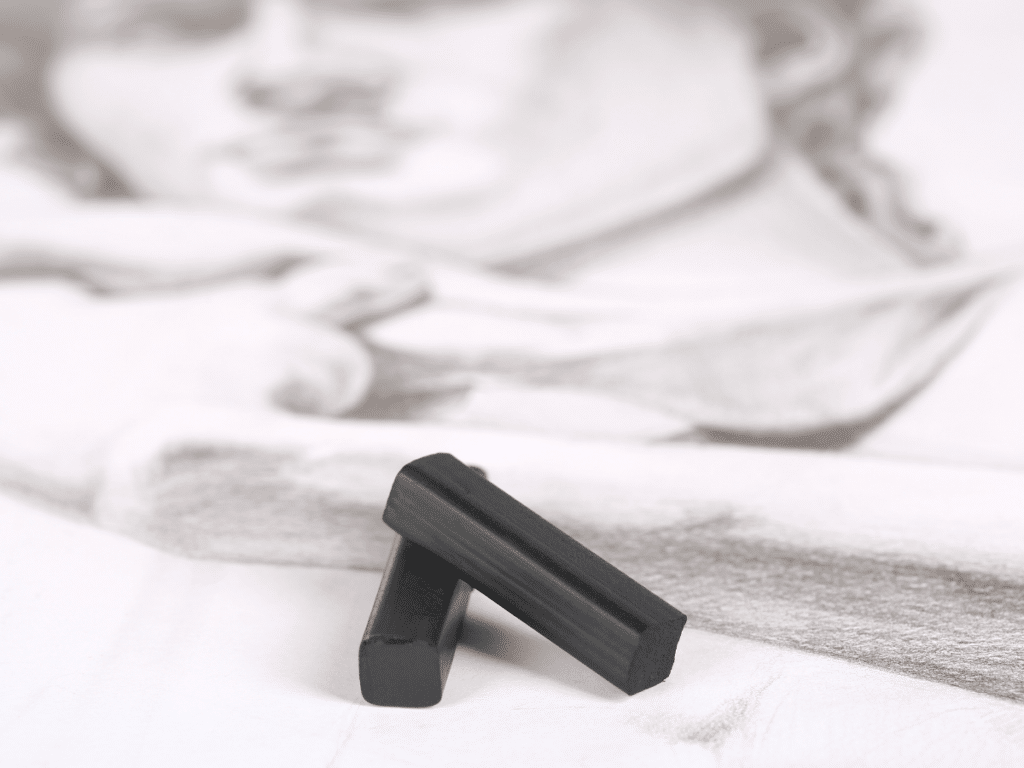
Embracing the Learning Curve
Embarking on the path of mastering charcoal pencil drawing is both a challenge and a thrill. As you progress, embracing the learning curve becomes vital. Recognize that every mistake is an opportunity for growth and every piece a step closer to refinement. Beginners often face frustration with early attempts, but patience and persistent practice are your greatest allies. Allocate regular time to draw, set small, achievable goals, and gradually expand your technical repertoire. Celebrating small victories keeps motivation high and cultivates a productive learning environment. Additionally, seeking inspiration from established artists can ignite creativity and provide invaluable insights into diverse techniques and styles.
Cultivating Your Artistic Voice
As skills and confidence grow, so does the emergence of a personal style—an artistic voice uniquely yours. This voice is shaped by the subjects you’re drawn to, the techniques you favor, and the messages or emotions you wish to convey through your art. Don’t rush the process of finding this voice; instead, allow it to develop organically. Experimentation is key: try different themes, textures, and compositions. Over time, patterns emerge that resonate with your personal aesthetic, guiding you towards a distinctive style. Embrace this journey of self-discovery, allowing your experiences and personal growth to be reflected in your artwork. Remember, what sets your work apart is the perspective and emotion you infuse into every piece.
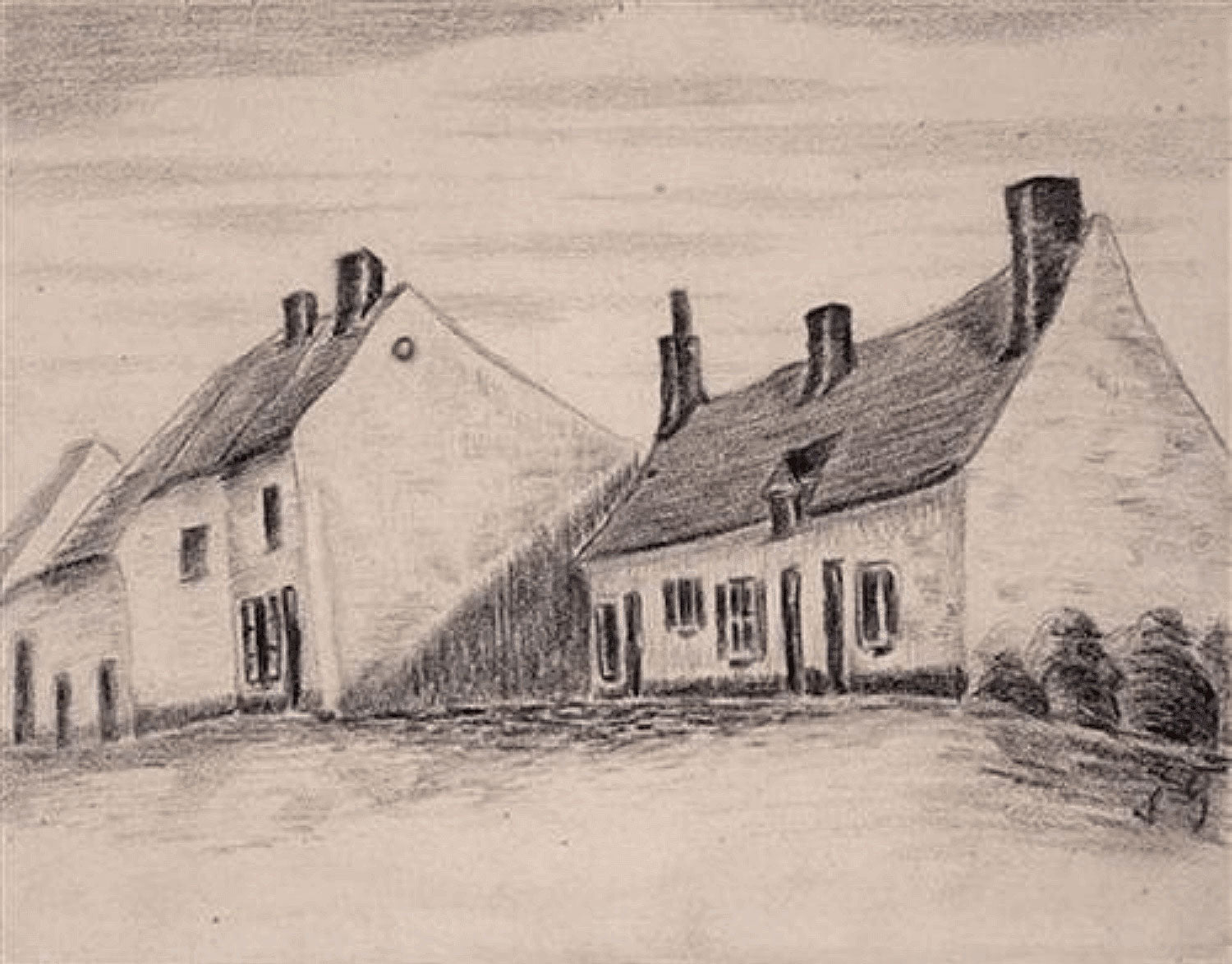
Connecting With a Community
Drawing, particularly with a medium as expressive as charcoal, is often a solitary activity. However, connecting with a community of fellow artists can enhance your practice immensely. Whether through online forums, social media, or local art classes, engaging with peers provides a space for sharing techniques, critiquing work, and offering support. Workshops and art courses offer structured learning and direct feedback from experienced instructors, pushing your skills even further. Art shows, exhibitions, and online platforms also present opportunities to showcase your work, gaining visibility and even feedback from a broader audience. Immersing yourself in an artistic community fosters a sense of belonging, continuously fuels your passion, and opens doors to new ideas, collaborations, and inspirations.
Embarking on the journey of mastering charcoal pencil drawing is an exciting challenge that offers ample room for growth and expression. By building a solid foundation with the right materials, honing your techniques, and continually seeking to improve and preserve your work, you transition from a novice to an artist. Remember, practice paired with patience is key to your evolution in charcoal pencil drawing. Allow yourself to experiment, make mistakes, and learn from them. Your unique artist’s voice lies within the charcoal strokes you make.